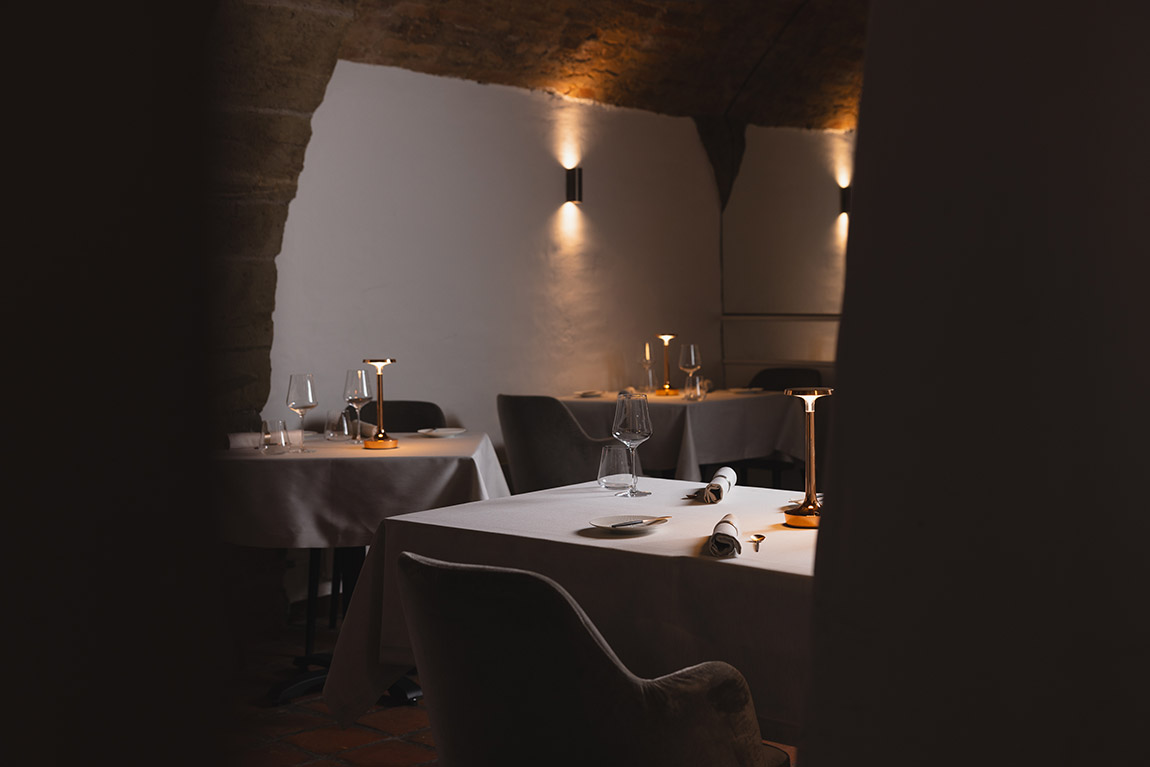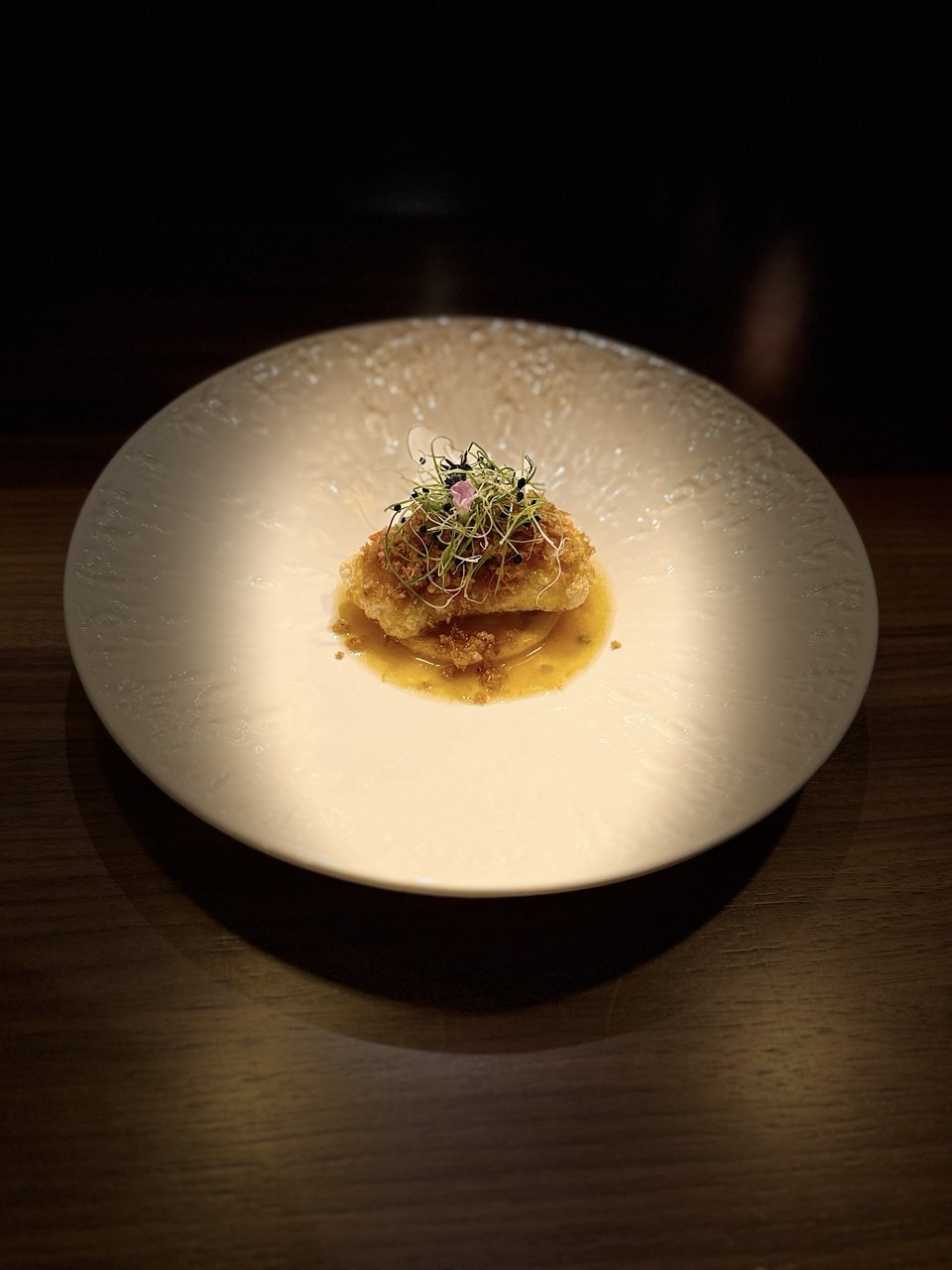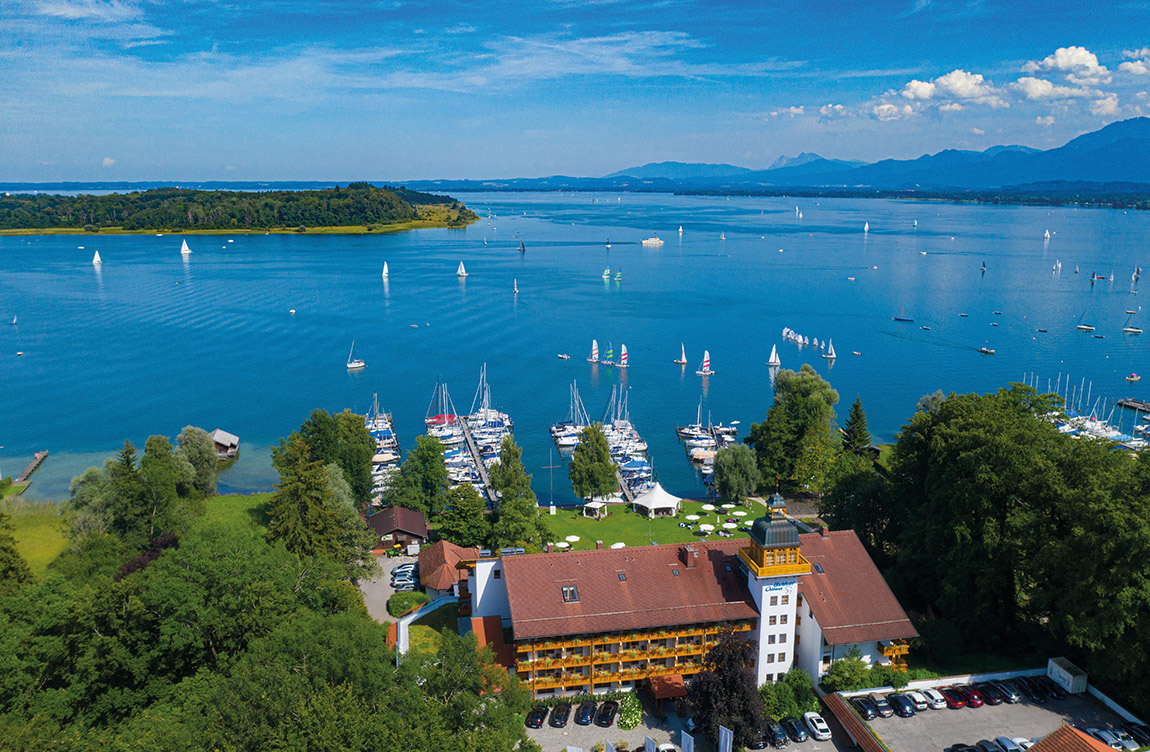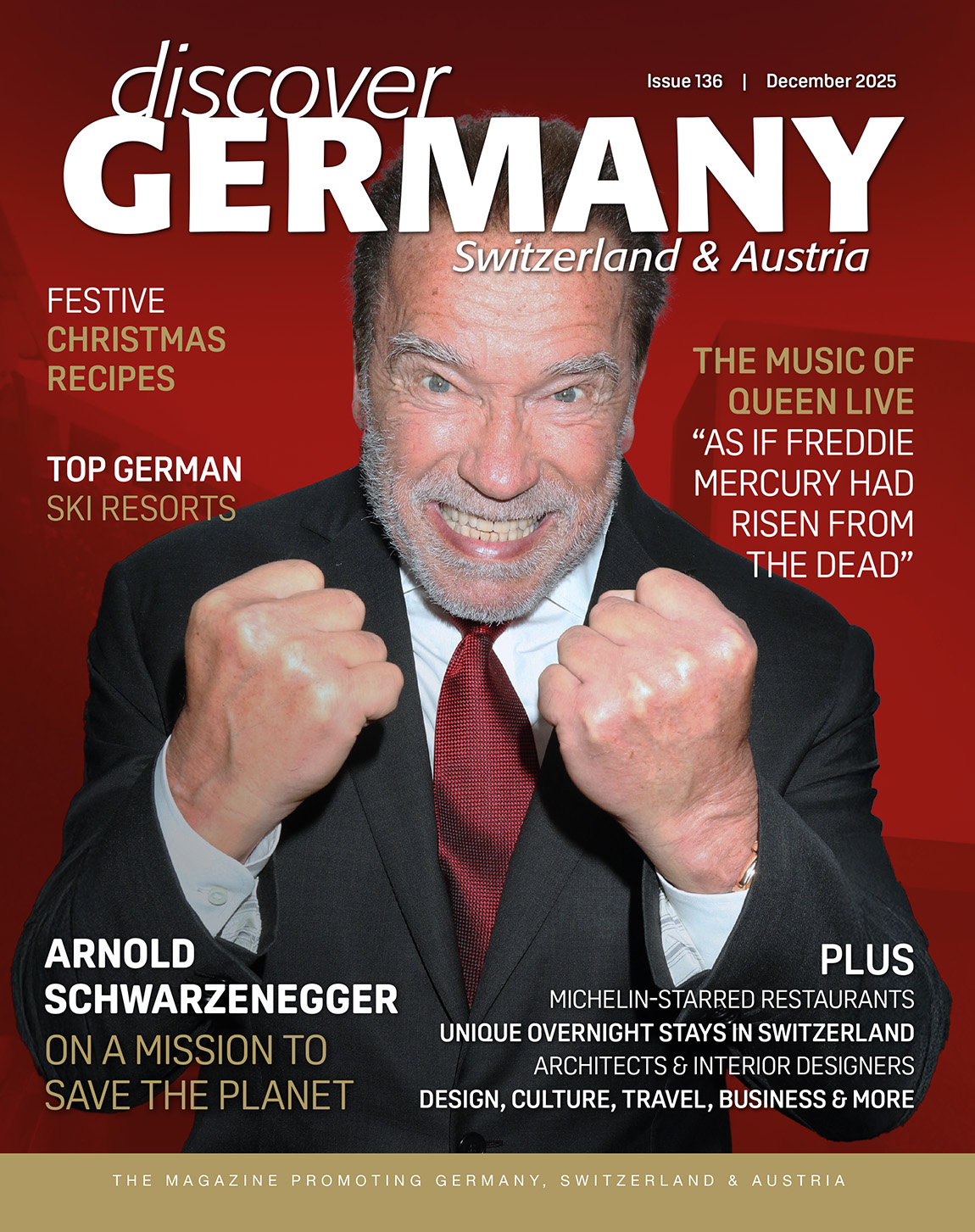The Harz Mountains: A hidden treasure in the heart of Germany
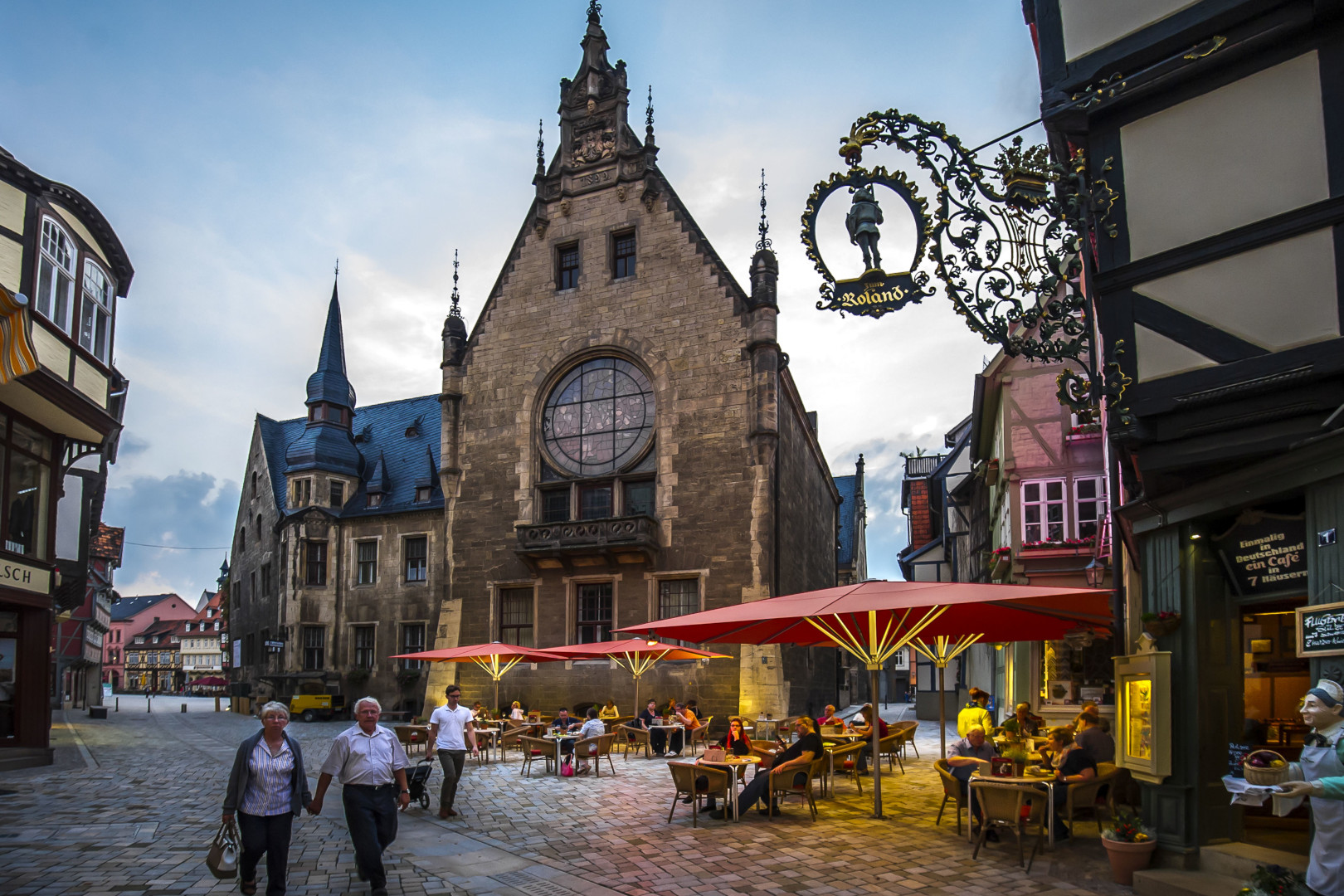
The Harz Mountains offer a vast array of adventures at any time of the year and thus delight every age group unlike any other region. Nature enthusiasts come across mesmerisingly beautiful wilderness in unspoilt forests, deep valleys, wild rivers and blossoming mountain meadows on over 9,000 kilometres of signposted hiking trails.
Especially popular is the Harz Mountains’ ‘Hexen-Stieg’, which is featured in the ‘Top Trails of Germany’ and has been awarded the certificate ‘Qualitätsweg Wanderbares Deutschland’, testament to its appeal to hikers. On approximately 100 kilometres, the path connects the towns Osterode in the southwest with Thale in the northeast. Thereby, it shows a multifaceted interplay of the Harz Mountains’ natural landscape. Adventurous outdoor experiences like mountain biking and rock climbing primarily attract younger visitors. Around 70 signposted mountain bike routes in all difficulty levels, as well as the bike parks in Hahnenklee, at the Wurmberg in Braunlage and in Thale promise the ultimate downhill kick.
The partly jagged rock formations of the Oker and Steinbach valley invite for pristine climbing experiences. But also the Harz Mountains’ different climbing facilities require stamina and agility in around ten metres of height and cater for the one or other adrenaline kick. However, a complete picture of the Harz Mountains can only be seen after exploring its’ culture and history. The picturesque half-timbered cities, the numerous relics of historic mining, the spiritual places and the traditional narrow-gauge railway are the things that breathe life into the impressive mountain panorama.

The Harz Mountains’ narrow-gauge railway with the Brocken in the background. Photo: Harzer Schmalspurbahnen GmbH
Wernigerode – half-timbered dreams and rail nostalgia
In the picturesque alleys of Wernigerode, which is called the ‘colourful city in the Harz Mountains’, visitors can gaze at real testimonies of half-timbered traditions. Some of the grand buildings from six centuries especially attract attention. The ‘Krummelsche Haus’, with its elaborately carved wood façade is probably the city’s most beautiful baroque house. Built in the middle of the 18th century, the city’s smallest house only measures 4,20 metres to the eaves and is only three metres wide. In the High Parish churchyard’s romantic corner stands the ‘crooked house’. Here, the former Mühl-trench undercut the foundation walls so that the house tilted. The distinctive town hall dominates the market place, which was first mentioned in 1277. Above the stony ground floor, towers the brightly red half-timbered façade with its pointy turrets. All year round, couples from near and far choose to marry in this historic ambiance.
High above the city, the Castle Wernigerode® sits enthroned and is already visible from a distance. In the past, it secured the way of German emperors to their hunting trips in the Harz Mountains. Today, the fairy tale castle attracts numerous visitors and enthrals with impressive exhibitions about the art and culture history of the 19th century.

Castle Wernigerode. Photo © Frank Schneidereit
One can see the 1,141-metre-high ‘Brocken’ mountain from many city corners on clear days. Thus, the ride with a nostalgic train of the Harz Mountains’ narrow-gauge railway to the highest peak of the Harz Mountains is a special highlight for many visitors. It puffs and hisses when the time-honoured steam locomotives leave Wernigerode’s train station. The 25 steam locomotives are one of the last, big steam adventures worldwide. Apart from the Brocken, the romantic Selke valley and the Südharz belong to the stations of the 1,404-kilometre-long rail network. This year, the narrow-gauge railways celebrate the anniversary ’25 years of full steam in freedom’ with traditional station festivals. After the construction of the Berlin Wall in 1961, the passenger transport to the Brocken could only be resumed in September 1991 – after the German reunification.
Discover a globally unique mining region – on foot or with tailwind
On over 200 square kilometres, the UNESCO World Heritage Site ‘Mine Rammelsberg, old town of Goslar and Upper Harz water management’ spreads celestially and subterraneously – one of Europe’s largest and oldest mining regions for silver, copper, lead and zinc. In the Middle Ages, the heart of European finance was found here and important architectural buildings developed – from simple miner homes to imperial palaces. Kilometre-long tunnel systems and the world’s largest, pre-industrial energy network – the Upper Harz water management – still coin the natural landscape of the Harz Mountains today. One of Europe’s most innovative monastery museums awaits visitors in the Cistercian museum of monastery Walkenried, which was the mining industry’s ‘operation centre’ in past times. Creative exhibitions and acoustic, visual stagings give a glimpse into the everyday life of the monks as pioneers and economic managers of the medieval mining industry.

Hiker at a water wheel in the Upper Harz water management. Photo © HTV, M. Gloger
Prefer a helmet or rucksack? The world heritage sites can best be explored on a hike or a cycling tour. The most relaxed and emission-free way to explore the region is on an eBike or eMotorbike. Thereby, exciting routes lead towards the historic mining ponds and alongside trenches and old pits amidst impressive nature.
Fascinating Middle Ages meet expressive art in Quedlinburg
Quedlinburg, which is over 1,000 years old and lies at the Harz Mountains’ north-eastern border, invites visitors with its 2,069 half-timbered houses, Romanesque buildings, as well as art nouveau villas and villas from the years of rapid industrial expansion to past epochs. Thereby, history and culture seem more vivid than ever – a city caught between past and future. Every year, the UNESCO world heritage city attracts young and old music enthusiasts and artists from near and far to Quedlinburg’s music summer. Ambitious classical compositions and theatrical dramas fill the old walls with life in this time. The staging of Umberto Eco’s novel The Name of the Rose transforms the abbey church St. Servatii into a monastery from the 14th century so that it becomes a mystical backdrop for one of the most-read Middle Ages thrillers. Quedlinburg’s young art scene offers a contrast to this. In the centre, the Lyonel-Feininger-Gallery delights visitors with the most comprehensive, coherent collection of graphics by the German-American painter and graphic artist. Numerous young artists and artisans followed and have set up their ateliers and workshops.

Exhibition in the Cistercian museum of monastery Walkenried. Photo © HTV, M. Gloger
Anniversary of Reformation 2017 – On the trails of history in Eisleben
In 1517, Dr. Martin Luther set up the Protestant Reformation when he nailed the Ninety-Five theses to the Castle Church in Wittenberg. Until today, this influences our life, our customs and even our politics and the education system – whether we belong to the catholic, the evangelic or no religion. In 2017, numerous church and cultural events will remember the Reformation’s 500-year-anniversary. A main focus of the festivities is the Luther town of Eisleben in the easterly Harz foreland. As ‘authentic locations of the Reformation of outstanding universal significance’, the local Luther-memorials have been UNESCO World Heritage sites since 1996. Luther’s birth house in Eisleben traces stations of his life and gives insights into the reformer’s origins. The new exhibition in Luther’s last residence deals with Luther’s last days and hours in Eisleben and with his dealings with dying and death.
TEXT: HARZ MOUNTAINS TOURIST BOARD; TRANSLATION: NANE STEINHOFF

Martin Luther’s birth house. Photo © Raymond Faure
Subscribe to Our Newsletter
Receive our monthly newsletter by email

